The Harley-Davidson Sportster has been with us since Elvis existed only in black and white, and it’s been part of our culture through evolutions and revolutions and in dozens of model iterations.
But nothing lasts forever, and the Sportster platform as we knew it came to the end of its road in 2022. Ultimately, one of the Sportster’s strengths – its honest and lovable air-cooled engine – became its fatal weakness, as its inability to meet Euro 5 noise and pollution regulations put an end to the venerable X engine.
However, H-D has reinvented the platform and has two new Sportsters in its lineup, both powered by Revolution Max engines that were first seen in the Pan America adventure bike. The Sportster S uses the liquid-cooled 1,250cc motor, while the Nightster is powered by a 975cc version.
Since we have entered a new era of the Sportster, we’ll enjoy a history lesson of the model from our buddy Kip Woodring, who takes us back to the model’s roots and the highlights and lowlights of its development through the years. –Kevin Duke

It feels as though the Harley-Davidson Sportster has always been with us, and there can’t be many riders who remember a time before the X-engined marvel existed. The Harley-Davidson Sportster is likely the machine that forms the image of “motorcycle” in riders’ minds. It’s won the hearts of many a fan, through thick and thin, for almost 65 years! Only Chevy’s small-block V-8 has lingered longer or stronger in the vehicular world.

When the Sportster roared onto the scene in 1957, emissions regulations weren’t of any concern. What mattered then was building a machine that could take the measure of hot-rod parallel-Twins of even older origins that were coming across the sea, mostly from Triumph and Norton in England.
Related: Restomod Sportsters: Flat-Tracker Tributes to Dad
Harley’s first attempt didn’t quite cut it. The flabby flathead 45 known as the K-model debuted in 1952, but it got thumped by the Brit Twins. The solution was to add overhead valves to the ‘K’ bottom end, with the unique four “under-head” cam pushrod arrangement. So, the OHV 55-inch (883cc) ‘X’ engine was born in 1957, and it proved to be more than enough to do the job.
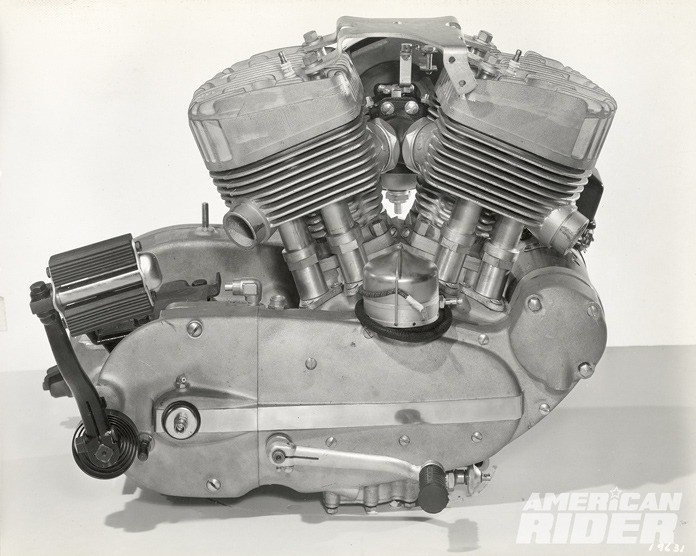
Low-compression and kickstart friendly, the X engine was subjected to ever more development for half a century. Today, an OHV 55-inch motor is still more than enough to do the job, although the job has changed significantly. It now honors tradition and simplicity, teaching its mechanical lessons to generations that didn’t even exist when it was created.
Maybe the best thing is that the 2021 version of this icon is the best Harley-Davidson Sportster ever! Or is it?
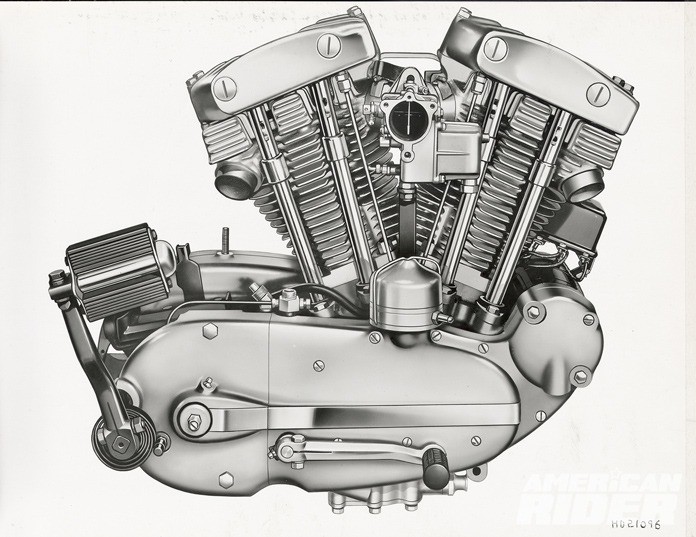
One could argue the Sportster had lingered too long, a beloved anachronism that was clearly past its prime. Fair enough, but we all have our own definitions of “prime.” There are plenty of fans of each iteration, plenty of opinions, some facts, a fair bit of fiction, and a large circular firing squad for the mistakes made.
Here are a very few examples sourced from my circles. Your results may vary, and, frankly, I hope they do. The Harley-Davidson Sportster is that kind of motorcycle.
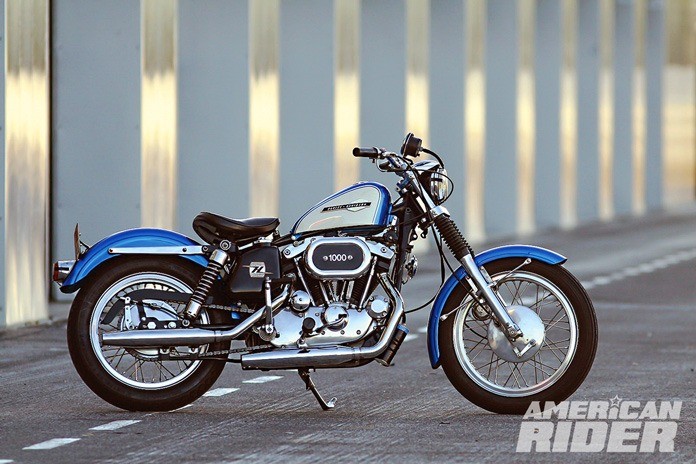
My friends Paul and Peter favor 5-speed, solid-mount XLs from 1991 through 2003, especially the 2000 and newer stuff, although they have very different reasons for the choice.
Peter is 80 years young and prefers his 883 because it’s easy to ride, pleasant to behold, reliable, and affordable. He’s been a rider for over 60 years, owns Ducatis, Vincents, Laverdas, Kawasaki Triples, and a Suzuki SV1000. What does that tell you about life experience on two wheels?
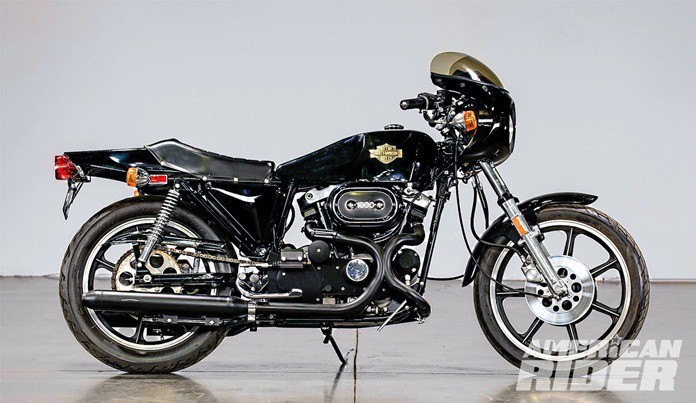
On the other hand, there’s Paul. He owns two Sportsters of the same ilk. One is a mint 2000 1200S, a rare bird that was little understood and less appreciated – except by connoisseurs. It’s a much better motorcycle than many realize, mostly because of its superior suspension.
Paul’s other Harley-Davidson Sportster is even more special, earning the moniker “The Beast.” It started life as 2001 883 Sportster, bought new as a “keeper.” Sure enough, it’s been maintained better than any other Sportster I’ve ever seen, and it’s now making more power than most people would ever believe. The engine is almost twice the original displacement, the fuel tank is polished alloy, the gearbox holds six speeds, and the term “blue-printed” doesn’t begin to cover all the engine modifications. Neither does “silk purse from sow’s ear.” The Beast demonstrates the maximum potential, in spades, of the 1991-2003 platform.
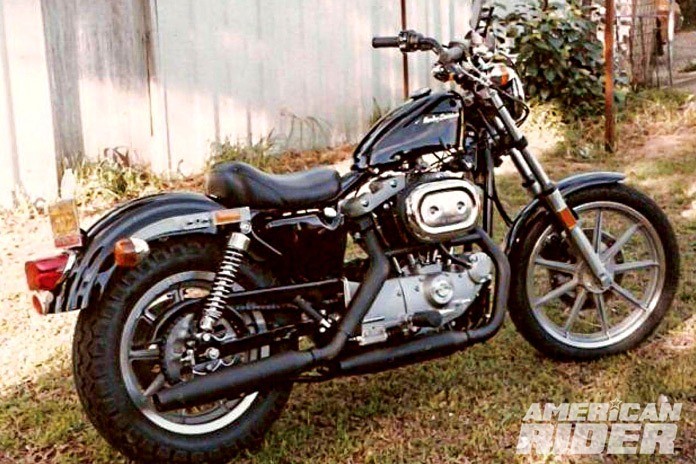
For me, the ideal Harley-Davidson Sportster has to cover both ends of the spectrum, in that I like the early Iron 900s and the later Buell models, both the tubers and the aluminum-framed XBs, because they represent the performance facets of the X-factor in their day.
The first Sportsters were fast! My first of three Iron Sportsters was a ’57, and it remains my favorite of the three. Kick only, magneto ignition, peanut tank, and under 400 pounds, it was fun on the mean streets and not so much on the interstate – as it should be.

My last X-engined bike was an experiment, featuring a 1973 engine with Jerry Branch heads, PB-plus cams, XR dry clutch, and XR wide-ratio gears stuffed into an ’82 frame with mag wheels and dual-disc front brakes. It was a mongrel hot rod that turned out more fun to build than to start and ride, but memorable all the same.
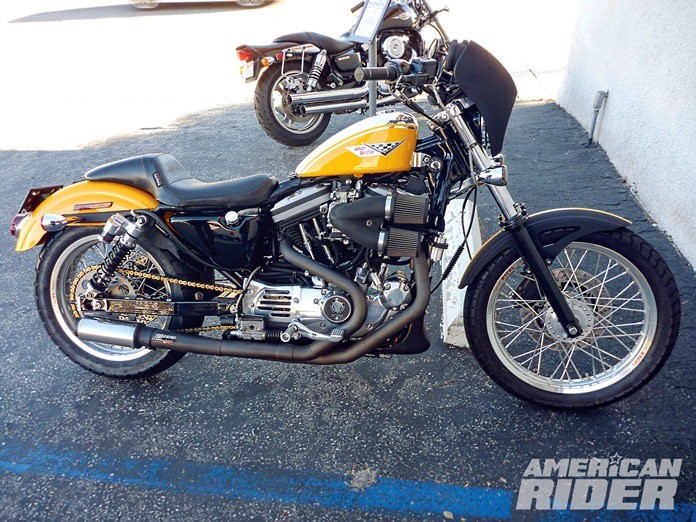
The 2004 to 2006 rubber-mount bikes are one of Harley’s happy accidents, in that they were the last of the carbureted Sportys and the first of the smooth ones thanks to rubber engine mounts. This may well lead to serious collectability in the future.
Same story for the XR1200/X. A mere 10,000 were made and, unlike the XLCR or XR1000, it was “on the money” for its intended rider. Its only real drawback is its lardy weight – at least compared to a Buell.
Ultimately, no Harley-Davidson Sportster (or variation thereof) has ever been perfect. They are better for it. Never an appliance, their flaws and strengths generate relationships.
Sportsters are a canvas upon which you can picture your desires and make them real. They need you and reward you. No other engine has been successfully employed in as many ways as the X-engine in all its iterations. You simply cannot overstate it or underestimate it.
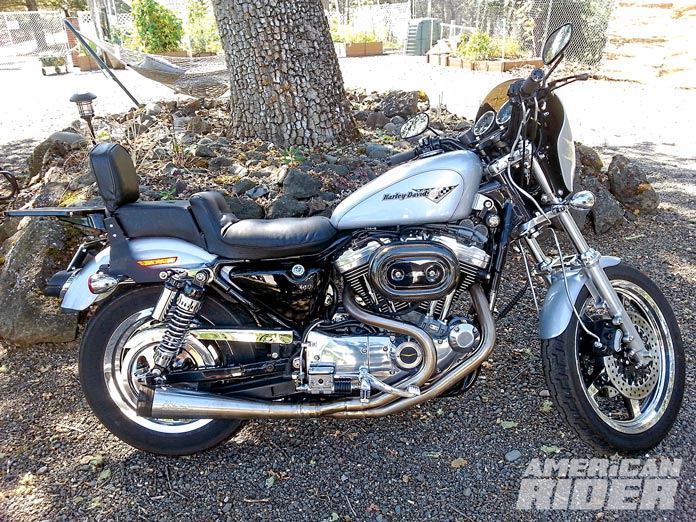
Harley-Davidson Sportster Hits
- 1957-70: Iron engine, for its purity and purpose.
- 1973: XR750 flat-tracker – because it did it so well, for so long.
- 1976-78: XLCR, as a styling exercise.
- 1986-2021: The “Evo” engine, for all it did and does.
- 1991-on: Five-speed transmissions, for adding versatility and 30 years of life.
- 1995-2010: Buells with X-engines, for a performance renaissance.
- 2000-on: Disc front brake, for coming to a halt with certainty.
- 2004-on: Rubber-mounted engine, for teaching an old dog a new trick.
- 2007-on: Low maintenance trifecta – EFI, hydraulic lifters, belt drive.
- 2008-10: XR1200, for proving a performance point to the rest of the world.
- Sportsterpedia.com: For all they offer and all you need to know.
The Misses
- 1957-72: Flimsy forks, because steering and handling matter.
- 1957-90: Four-speed transmission, for ensuring you can’t have freeway “cake” and E.T. too.
- 1957-71: Drum front brake, for being a drama queen … a killer queen.
- 1971-81: Iron 1000 engine, because more is not always better.
- 1971-82: Mechanical ignition advance unit, for giving points ignition a bad name and poor timing.
- 1971-84: Wet clutches were never anything to write home about, except to thank goodness for aftermarket clutch plates and springs.
- 1972-82: Disc front brake, nonstop – won’t stop.
- 1976-78: XLCR, as a functional cafe racer, it was dysfunctional.
- 1979: Exhaust systems were a weird deal made necessary by relocating the rear master cylinder, for no good reason.
- 1986-90: Four-speed problems with the shift cam follower not following and using the backside of the clutch as the rotor for the alternator.
- 1986-87: XLH1100s had heads that seemed like the right thing at the time, with trick combustion chambers and big valves, but they just didn’t work.
- 2004-on: No transmission trapdoor, for forcing a crankcase split if there are problems.
- 2004-on: 600-pound Sportsters, for being built for comfort, not for speed.
The Look
- Choppers: At best “kinetic art,” but, apologies to fans, most just diminish function. Chopper ancestors, like cut-downs and bobbers, differ in that they were intended to improve function or performance.
- Brats and Streetfighters: Homemade, often poorly thought out.




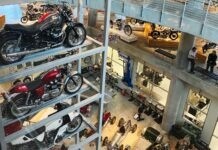
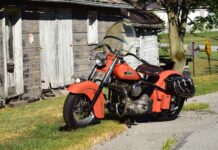













I miss my 1978 xlch, my first Harley. 10° over stock rake with a 8-in frame extension and 8-in over stock tubes and drag bars. Rather difficult to steer under 20 mph but very cool nonetheless hahaha
had a couple of sportys,1970.1976,1989.loved the get up and go feel but never was a long distance machine,tiresome after about 50 miles,still a street fighter with fun acceleration and we wo’nt talk about my 03 firebolt buell
Have a 84 Evo with a pro clutch a Dyna ignition and Edle brock heads and it goes chain drive and the FXRS is.the last of it’s kind.I
I own a 2010 XR1200. I started riding dirtbikes in 1977. I started riding riding streetbikes. In 1981. I bought my first new sportbike in 1982 and never stopped. The XR is a horrific streetbike. Worse than my first Gen GSXR750. Most XR1200 went straight to the racetrack. Either here on in Europe. I love it anyway. It is a great Florida bike. I don’t live in Georgia anymore. I don’t need a top of the line supersport to ride on top of a swamp, at sea level, with perfectly straight roads. I can still do trackdays with it. Plus I fit in with sportbikes and Harleys. I did break my own rule and I did buy a KTM 890DukeR. My son races supermoto. So I saw a lot of KTMs. We do have tracks here and we REALLY RIDE ALL YEAR!!!
I started riding HARLEY DAVIDSON’S IN 1971 my first BIKE was a 69 XLCH i turned it into a beast via Jerry Branch heads 12 to 1 forged aluminum pistons Harley minus cams and a 44mm mikuni with drag pipes IN A RIGID FRAME with 2 in under front end Damm that BIKE WAS A BLAST after a few years I bought a Low Rider in 79 but KEPT the SPORTY FOR FUN rode Big Bikes for OVER 40 YEARS but as I got OLDER the 850 lb Bikes were to heavy so I AM back to SPORTSTERS I set up a 2012 1200 C for touring with a full faring stereo bags and great suspension its only 600 lbs and is a joy to ride I also have a 2004 883 c that I use STARTED WITH A SPORTSTER AND KNOW IT LOOKS LIKE I WILL END RIDING SPORTSTERS
sportys were always considered to be girls bikes…never really took of with the guys I know…too bad…they were always a fun ride for local scoots…Never meant for the long haul
Hi. I have been riding a XLHC 1999 sportster from then till now. This bike first came out as produced in 1998 from the factory, but as the last of the Evolution model for 1999. HD went all out and fitted them with all the good stuff. Drag bars, Riser with bar and shield. Custom Speedo, 21″ laced front wheel, 13 liter stretched peanut tank with custom HD logo, Chrome bullethead front light, Forward controls, Gunfighter seat, Centerline back wheel, Staggered pipes with equaliser, and silver powder coated engine. I love this bike and the true carberated sound that sets off car alarms. For all you disbelievers out there with your big motor’s that you can’t hold up and control, Watch out when you hear the true rour of a sportster, and that smell of burnt octane as it goes past you……